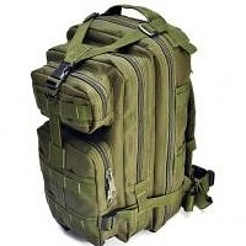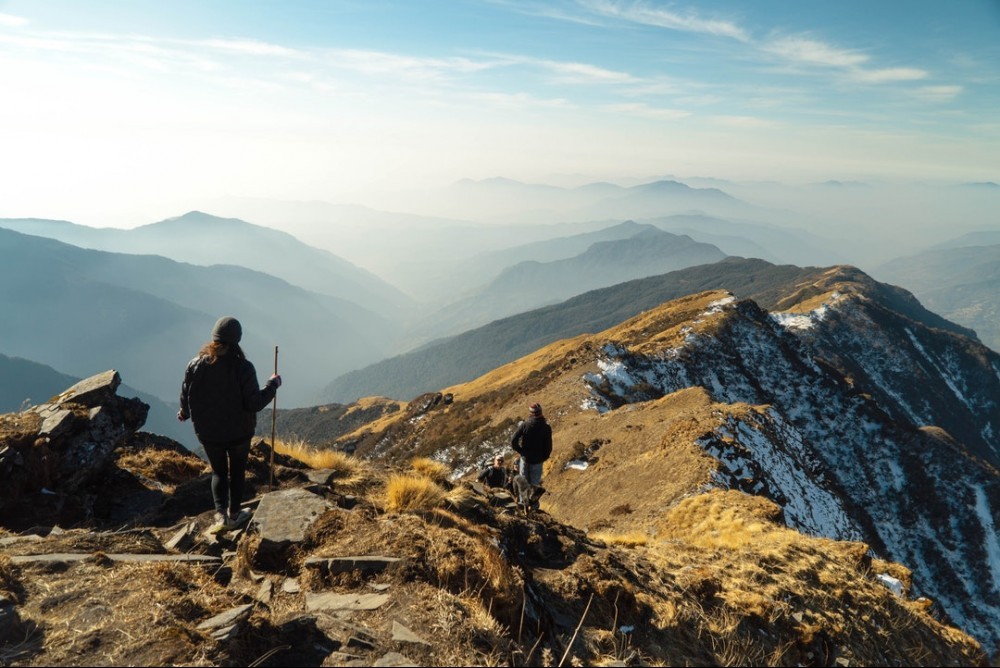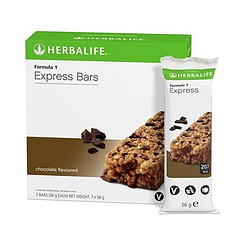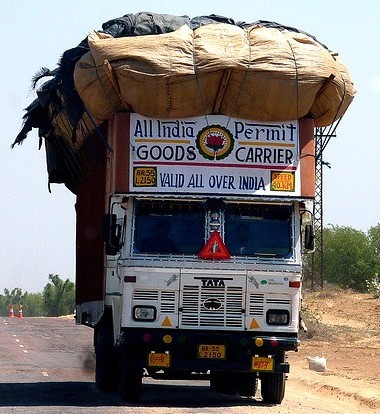In this article, we will discuss What Is A Bug Out Bag And What Goes In It. Don’t just download a list of BOB contents and take it as gospel.
Download my suggested BOB contents list here but remember, this is MY list. Evaluate the list while you go through this article and modify the list to suit your requirements.
The thing to remember is that you cannot start your BOB with a crappy bag. A Bug Out Bag is not as straightforward as it sounds as there are many opinions out there and you must define your own opinion of a Bug Out Bag (BoB). A common mistake is to think that a BOB is a survival kit. It Is Not!
What is a Kit? Google Says

Dictionary result for kit
/kɪt/noun
- 1.a set of articles or equipment needed for a specific purpose.
A survival kit is something you carry on your BOB or while out hiking, canoeing etc. If you should get stuck in a storm, break a leg etc.. Then your survival kit helps you survive until you can reach safety, help arrives or until the storm ends.
A BOB is a bag purposed to help you survive for a longer term than a Survival Kit because, if you are bugging out, you probably will not be returning soon! It contains a number of kits to carry out certain tasks. For example, Fishing, collecting water, making fire, cutting wood, first aid etc. Each task has a “kit” of some sort to help you carry out that task.
As you read through this article, make notes of what you need to put in your BOB. Making your own list will be more beneficial to you than me giving you a list of what I need in my circumstances. The idea is to get you in the right mindset for planning your own BOB.
Let’s Define The Purpose Of the BOB
This is where you decide what you need the BoB to be equipped for. Every expert’s bag is different so don’t follow the experts to the letter. Consider your circumstances;
- your family size
- ages,
- how far to safety,
- How far to your destination
- How long before you reach safety and your destination
- How long before services can be supplied or restored
- Will there be a steady supply of food?
All of these answers and more will help you decide what you feel is necessary to include in your bag.
What Conditions Will Be Endured
When considering your BoB, remember to consider the conditions that you will encounter along the way. Things like:
- weather
- road conditions
- safety
- marauders
- water availability
- fuel
- cover (you don’t want to walk with a day-glow green, blue, or pink, backpack or clothing) to try to remain unseen by anybody who might wish to relieve you of your supplies.
- Shelter
- Medical assistance
Decide On Duration
This is where it gets to be a bit of a guessing game and you will probably have to make an educated guess as to how long you would need to survive on your BoB. Generally, it is considered that a bugout bag is put together to survive the initial 72 hours.
Your BoB would contain different kits for different purposes depending on how long you need to survive “off the grid”. For 72 hours would mean that you would carry “dry rations”, water tablets clothes etc. to last Just 72 hours.
A longer-term evacuation would mean that you would carry more kits to help with building shelter, trapping, and fishing, finding and cleaning water, making clothes, a more comprehensive medical Kit, seed etc.
Choosing A Bag
Choosing a bag, I find, is rather subjective. There are many points to consider and, in the end, you have to carry it, so size, colour and how it fits is something you must consider.
Ideally, you would want a bag with a frame if you are carrying weight. Most of your “Kit” must be inside the bag and not hanging on the exterior of the bag. You don’t want things flashing, clanging and banging on your bag. It would also become annoying if your “Extras” keep snagging on branches and brush as you walk.
Your first aid kit could be the item at the top of the BOB when you open it or in one of the external pouches if your bag has them. A machete or knife could be on your belt or on a clip on your bag but it must be in a sheath so that the shiny blade is covered and it does not clang or get hooked on shrubs etc.
The old favourite, Binoculars should be in a carry bag on the front of your BOB straps not hanging loose.
When choosing a bag for your children, yes they need one. Consider their age and build. Do not expect them to carry much more than a few mouthfuls of water, socks and underwear and a snack bar or two. Keep the bag almost empty as it will sap their strength if it is too heavy.
Keep the colours neutral, grey, khaki, green etc. depending on where you are travelling. Quality is important so try to buy the best you can, especially for those carrying important and heavy items.
Research Back Packs
First 48 Hours
This is where the survival kit comes into play. It should be packed on top or in the outside pouches of your BOB. This survival kit will contain your 48-hour rations, first aid kit etc. If your bag has clips to hold other bags, keep your survival kit in a separate bag clipped to your BOB.
If it should become necessary to abandon your BOB so you can carry kids etc. or you need to run faster, you can unclip your survival kit and carry it more easily than the BOB and you will at least have some supplies and tools.
Remember: A survival kit is different to a Survival tool kit although they are both referred to as a survival kit by many. A survival kit is tools, food, and water for 24 – 48 hours. How would you survive on a mountain trail if your survival kit does now have food and you break a leg?
A survival tool kit is a tool that you can use to help you survive and should form part of your survival kit. You are going to battle to survive on the tool kit alone with no food or water!
Plan Your BOB
Clothing To Go
Spare underwear and socks are a must in your BOB. If you have space then an additional shirt and pants are good in your bag. Keep a good quality jacket, Boots ( not walking shoes – good old leather boots, they need to last) and a wide-brimmed hat in your bag to wear when you bug out. Do now try to pack your wardrobe. You won’t carry it.
If you are bugging out long term you will need to pack sewing kits to make clothes etc. out of whatever material you can scavenge or out of skins. Processing these skins is the subject of another article.
Plan and Source Your Clothing (Use what you have but consider jackets, hats, and footwear. These are important. They must remain in your BOB and not be used for daily use))
Water To Survive 48 Hours
You need to carry 2 litres of water per person. After that, you have to find water that you can clean and boil every day. Carry a water kit to source, clean and disinfect water. If you can, buy a life straw otherwise, water purification tablets or good old Jik (bleach) will do it. I always suggest boiling the water. Plan Your Purification Method.
Energy Food
The type of food that you pack is important. Tins are a no! No! They just weigh too much and you could pack 2 days of food in place of one tin. High protein and carbs are essential to keep your energy up but the quality of the food is important.
I use an extremely high-quality meal replacement shake that I repack into long plastic bags like we used to get in our Police ration pack. All I then need to do is add 250ml water, shake and drink. People have lived on this particular shake for 6 weeks during medical treatments and have survived.
If you use 1 shake a day (two is better) and then eat a meal bar, biscuits or my favourite, pemmican, you will have sufficient lightweight, quality food to last from 48 hours to months.
Decide on your rations
Medical Supplies
Note, I did not say first aid kit! Here I am dealing with medication for stomach issues, Eye drops, chronic meds etc. Be sure that you have taken careful consideration of all your and your family’s medical needs. Remember, some medication needs refrigeration. These are a problem for insulin-dependent diabetics.
List and plan for Chronic and other medicines (antibiotics)
Warmth – Fire Or Blankets
The cold could be a problem in some areas, especially at night. Here in South Africa, it is not such a critical issue but you need fire for boiling water and cooking. The smoke also helps with the mosquitoes. Make sure that you carry at least 3 ways to light a fire like 4 boxes of matches, 2 lighters, and 2 magnesium stick rods. Remember you can light a fire with steel wool and a 9volt battery.
You don’t want to carry all your firelighters in one place. Spread them throughout your bag, in the first aid kit, fishing kit, in your trouser pocket etc.
Decide on at least 3 different fire lighting methods and source the required equipment.
Made The First 48 Hours – What Next
Great, you have made it out of the city, avoided the marauding danger and have reached a position of relative safety, for now. So, What now?
Assess Your Situation
Now you assess your situation. Consider things like:
- any injuries or medical conditions that require attention
- your water and food situation.
- Have you had to abandon anything along the way? If so, what are the implications thereof
- How are the little ones taking it?
- emotional condition of the group. You have to work on keeping everyone’s morale up and fear levels down.
Know your family and how to boost morale – this should probably be Moms task – A good cup of coffee and food helps
Next Course Of Action – Water First And Foremost
You now need to plan how you are going to source water. Consider the terrain you are moving through. If you are in a vehicle, you are lucky and can move quickly but use less water.
On foot, you will need more water and you will need to ensure you can get it. At this stage, I would advise that you consider all water as needing purification. Better safe than sorry
Learn how to find and purity water when none is clearly visible
Plan Destination And Route
You made it out of the city but, where are you going? You should have already planned this in advance. If you have, you will have a map with possible routes planned and a compass (learn how to use a compass). Now it is time to consider your situation. What has changed since your original planning and do you need to adapt your plan or make a new one?
It is best to consider this while you are in a relatively safe situation and you can calmly discuss the plan.
Plan a Destination and route. Buy a map and plot your route
Food – Scavenge, Trap Or Aquire
What is your food situation? Will the food;
- lasted as expected,
- provided sufficient energy
- sustain your energy levels?
Another consideration at this point is what can you do to supplement your food stores.
Plan your food list for your survival kit and BOB
We Made It – Now What
Assess Your Current Situation
Awesome, you have now made it to safety at your final destination. What now? Are there services like:
- power,
- water
- medical
How much food and medication do you have?
- is there shelter
- Is there an authority there
- What aid can you get
Future Food And Water Resources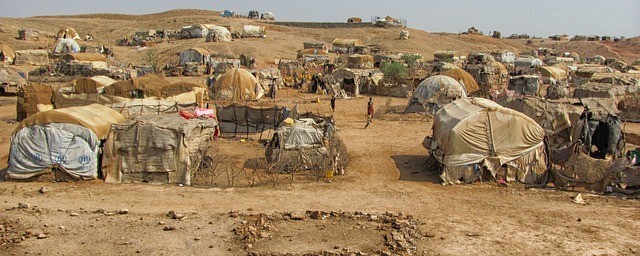
Consider now what aid there will be for you at the final destination. It could be:
- a refugee camp with food and shelter
- an informal, unorganized refugee camp
- a family member’s home
- a place on a farm where you may camp
You also really need a place for a garden for veggies (take seeds with you). Consider how safe the garden will be because there will be pilfering.
This list is not nearly exhaustive but serves to give you an idea of what to consider.
Consider what you might need to provide for the endpoint
Shelter
What do you have to make a semi-permanent shelter until you can build a mud and stone home?
Did you bring:
- a tent
- Tarpaulin
- shade cloth
- tools to cut wood,
- Spades, trench tools?
Consider Tools needed along the way and at the destination
Now, Can You Carry It All
So now you have considered everything you might need from the time you leave to the time you arrive and beyond. The question now is, can you carry it all or do you need a truck?
Remember, you carry what you need to survive first. Once those are taken care of then you can consider ways to make it easier or sustainable at the end destination. These nice-to-have and fancy items that add weight can wait! 😁
Make your list for your BOB (or download one here) and then review it. It is not necessary to go out and buy all the fancy gear for survival. You can start in your cupboards first. Then, what you are short of you can look into making yourself.
Remember, Life must go on now! You are probably now leaving tomorrow and normal life must continue. Build your BOB gradually and you will be amazed at how quickly it builds up.
Your opinion counts so please leave a comment below.
If you have any questions, please ask them here and I will get back to you by email.

“It is better to have prepared and never to need it than to be unprepared and be in desperate need of it”.
Be Aware. Be Safe. Be Prepared!
Back to Home Page


